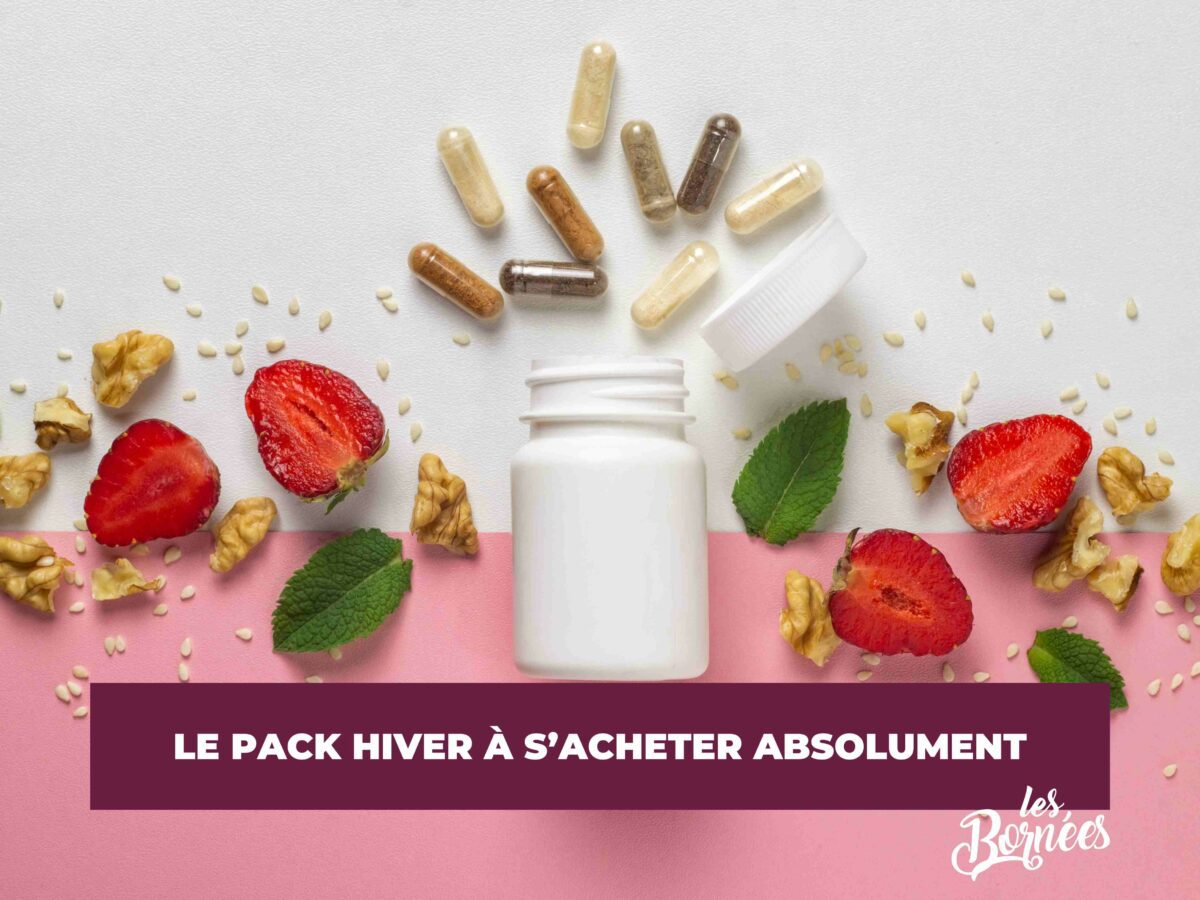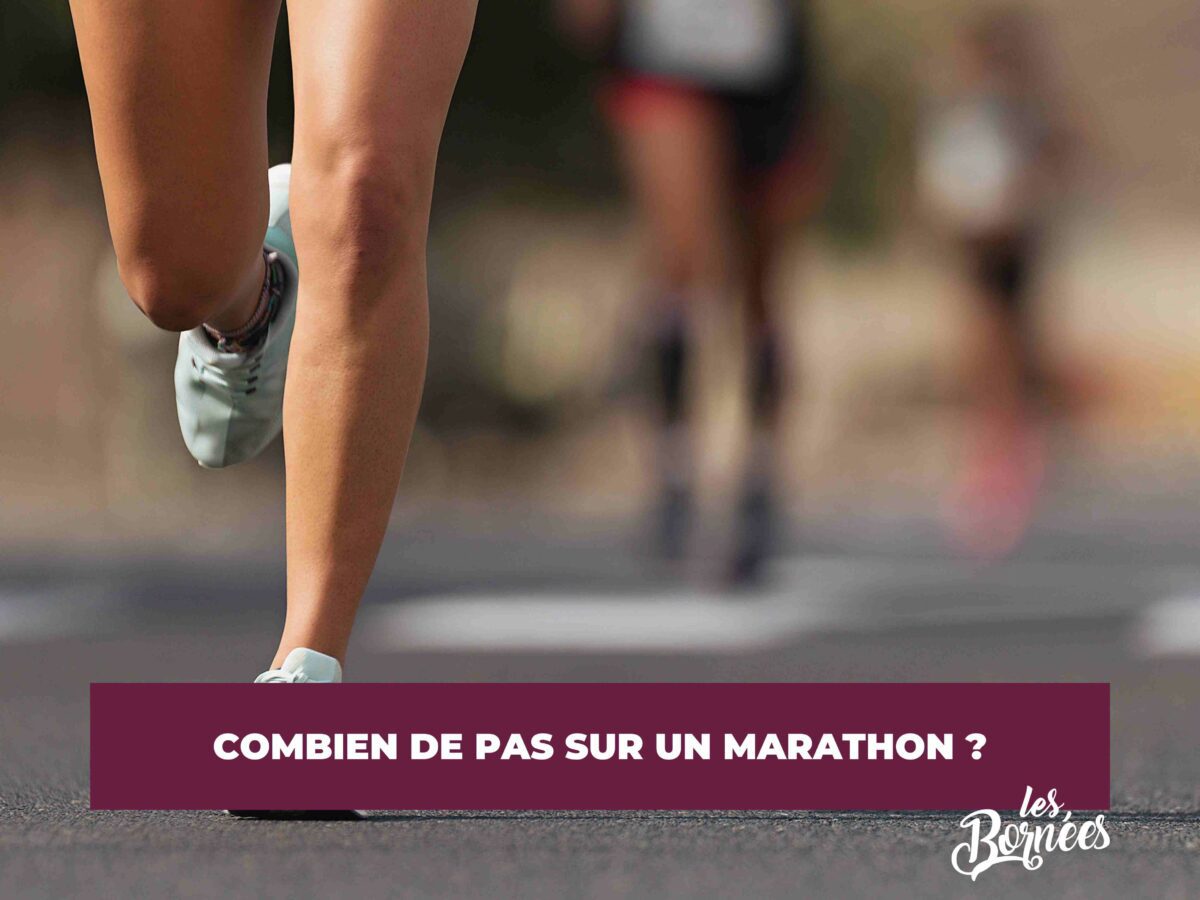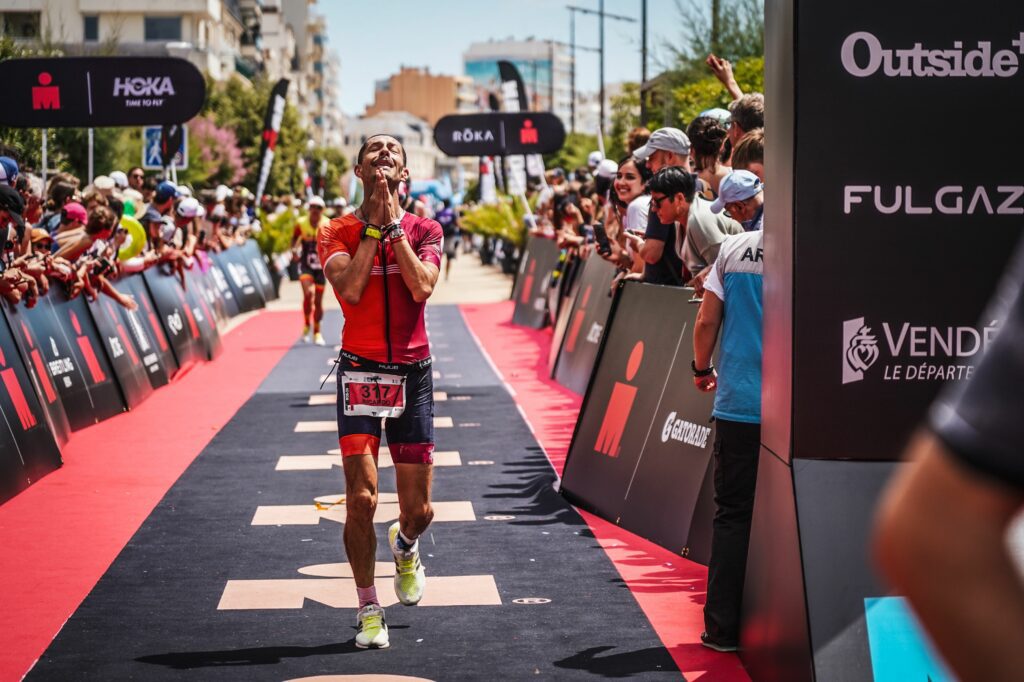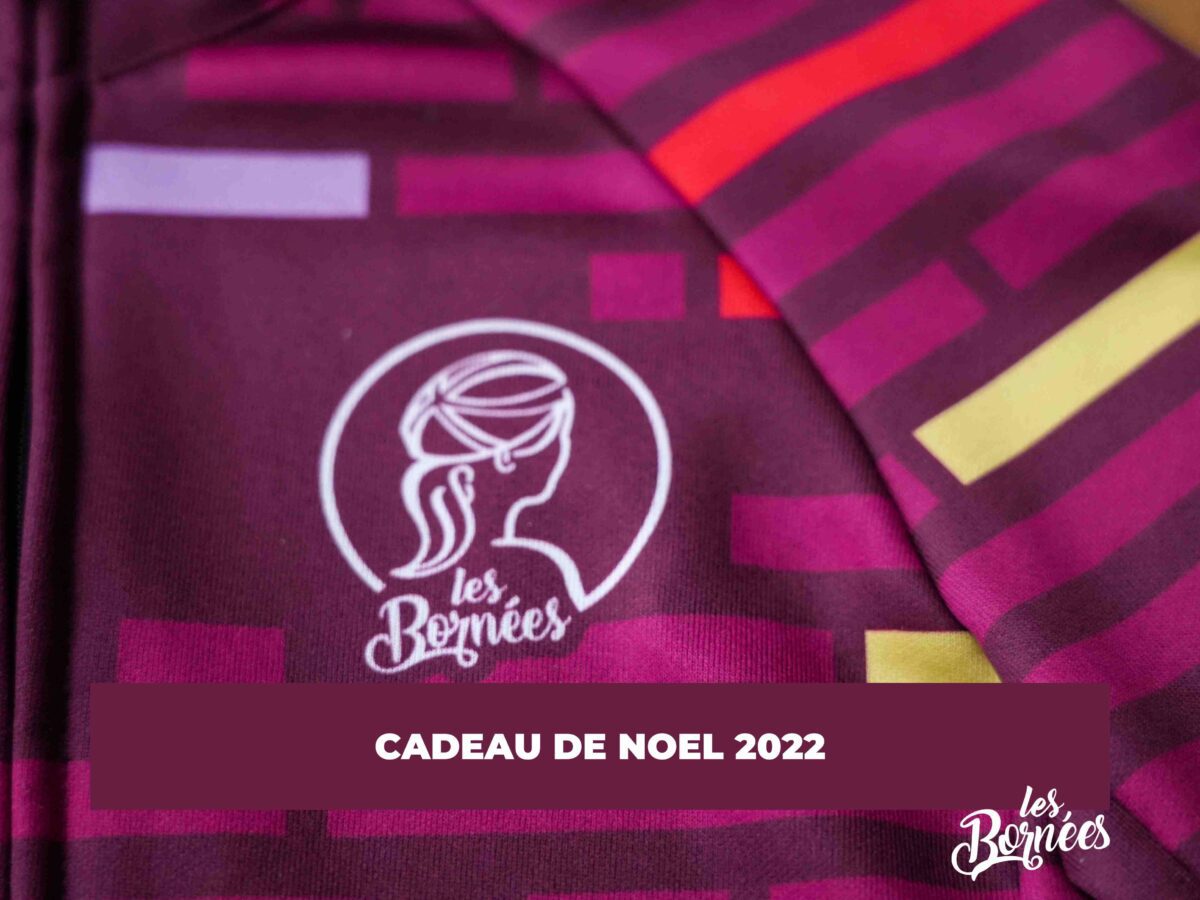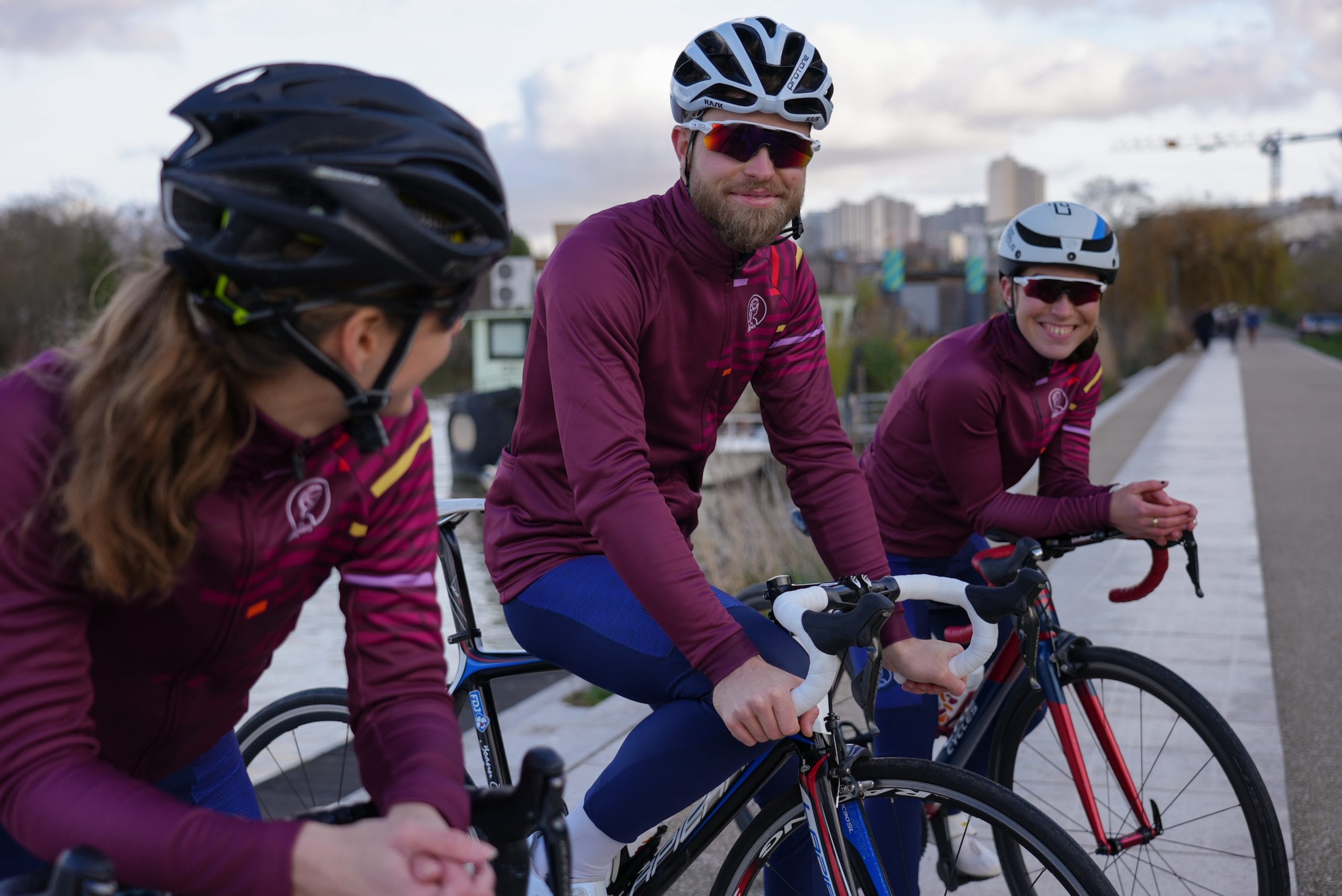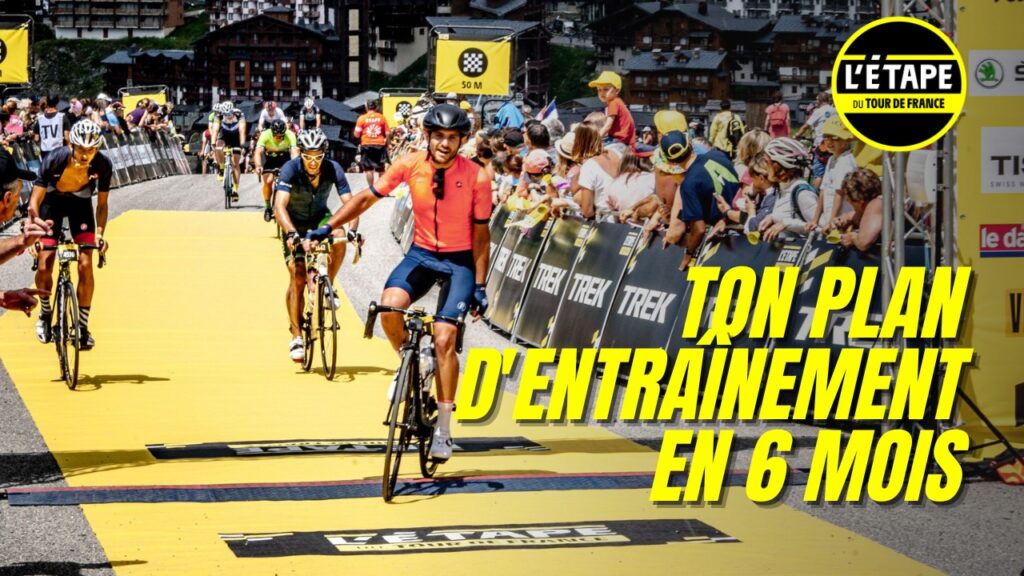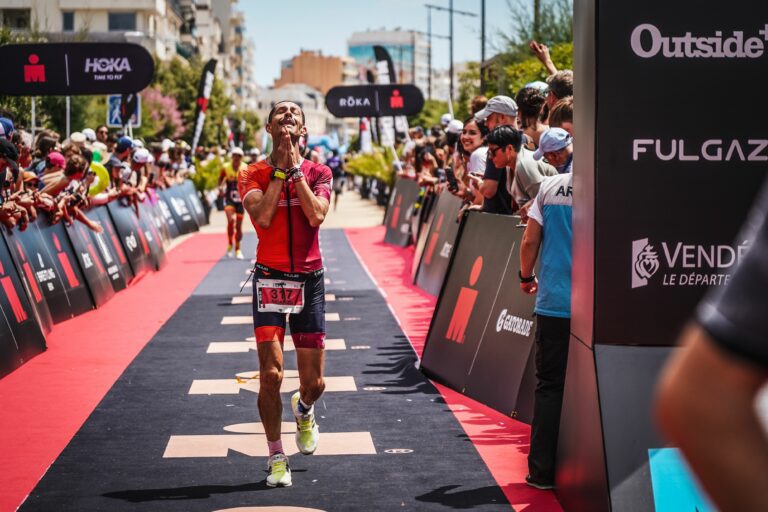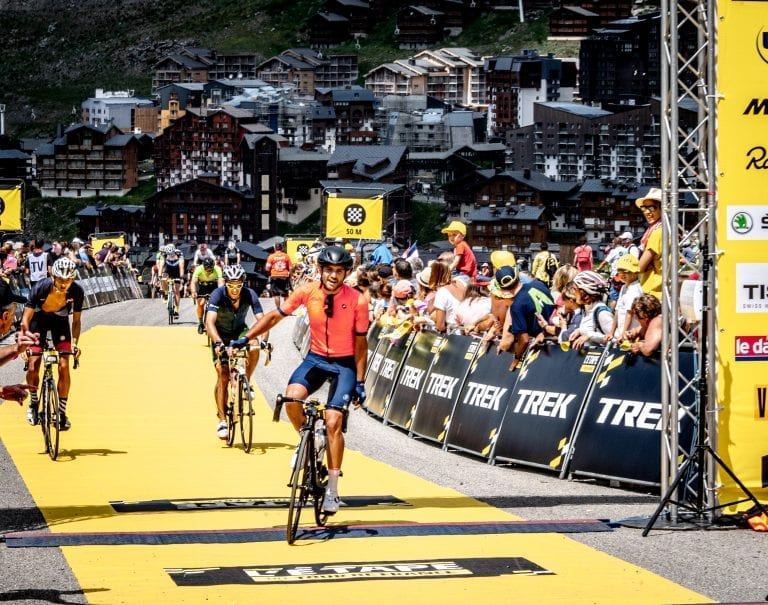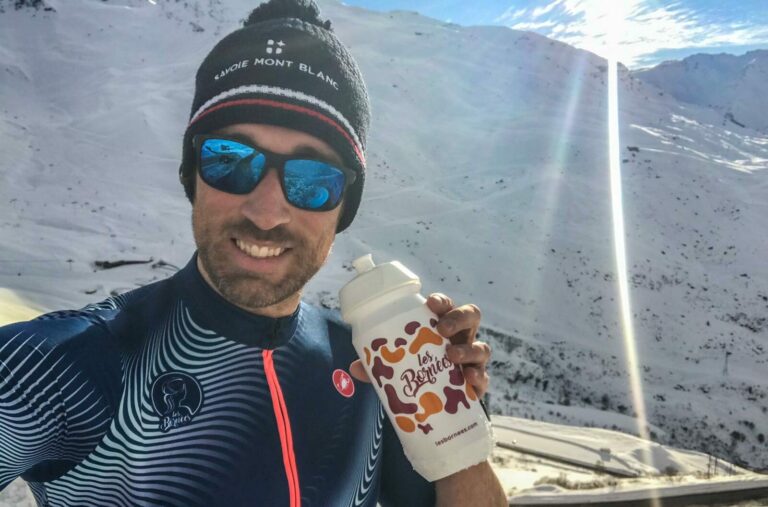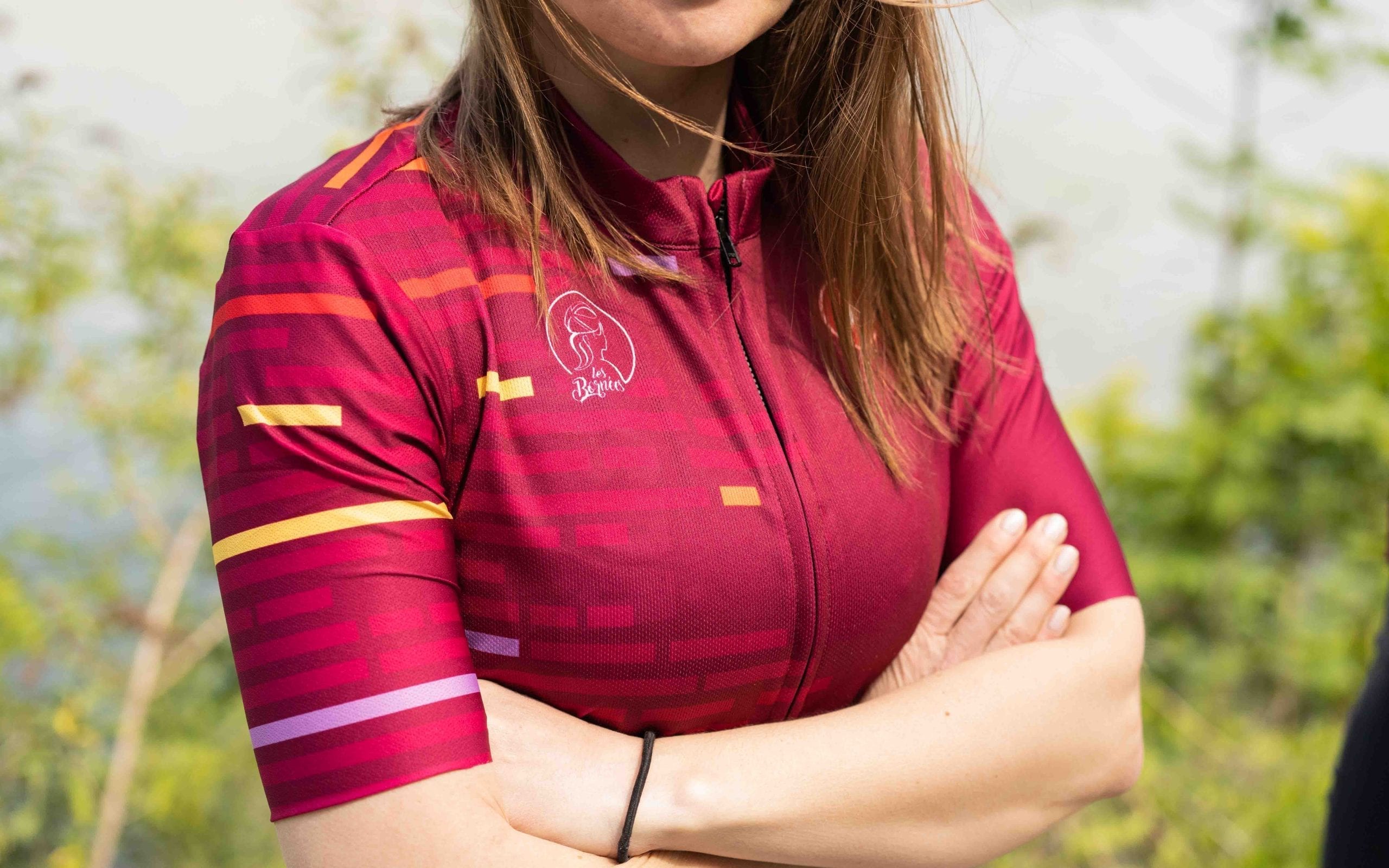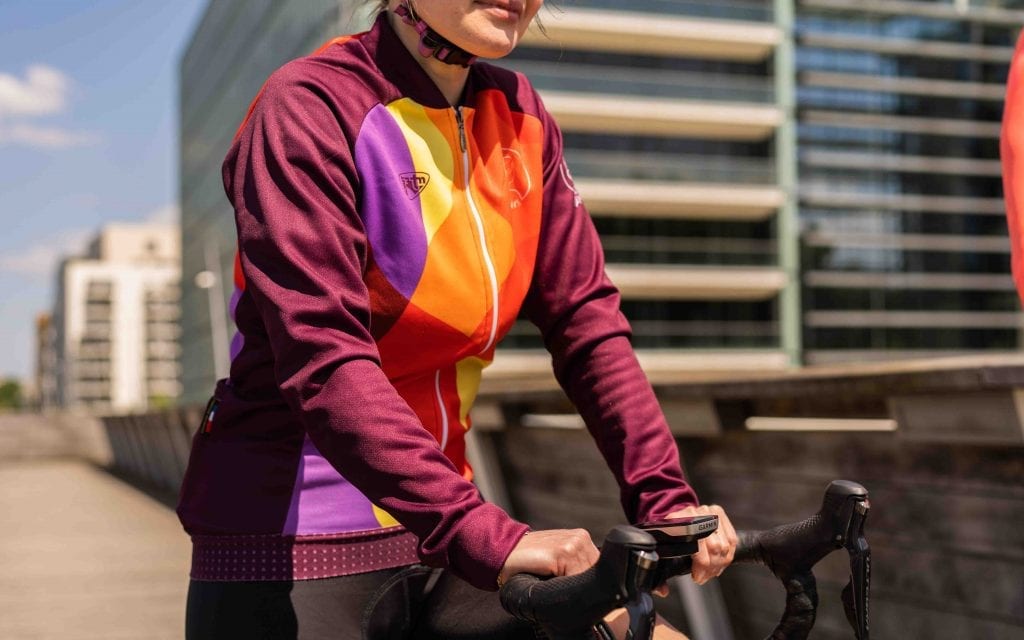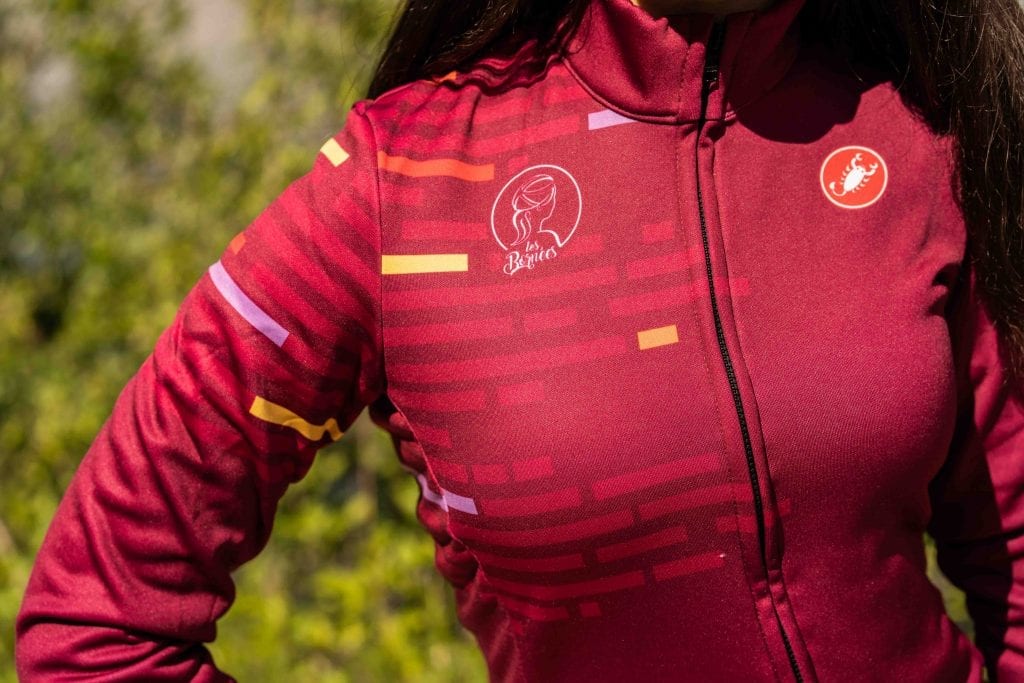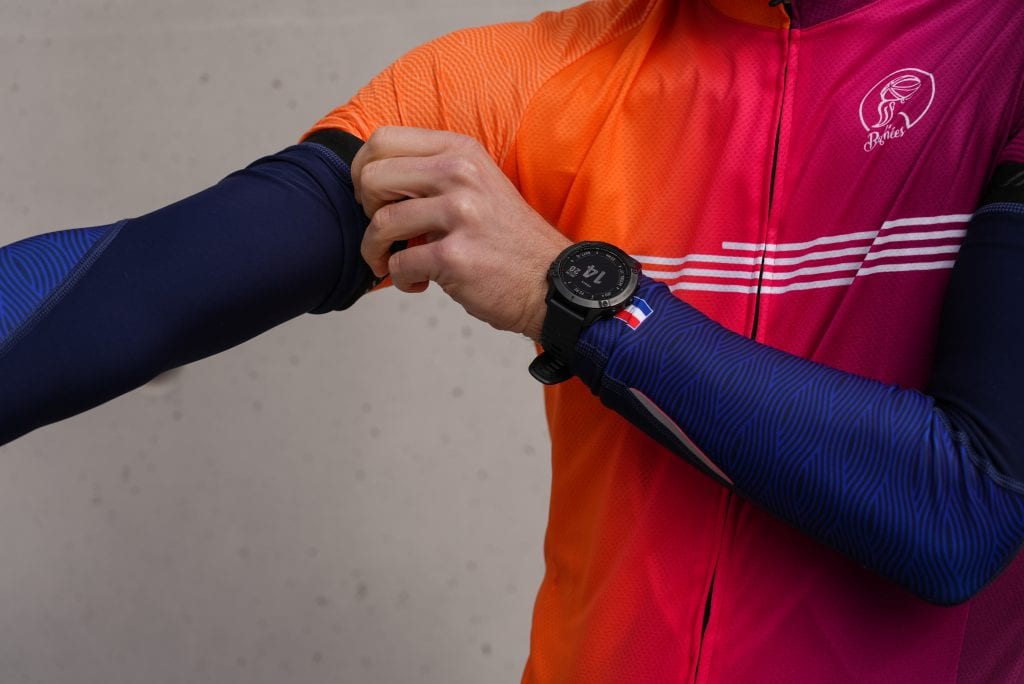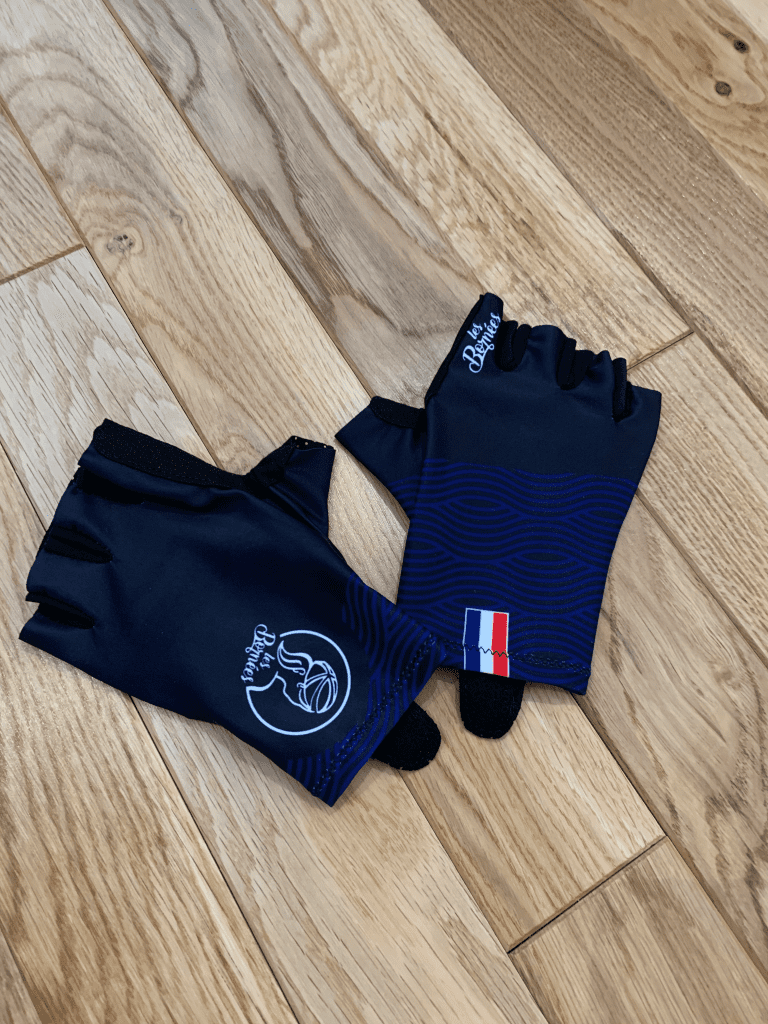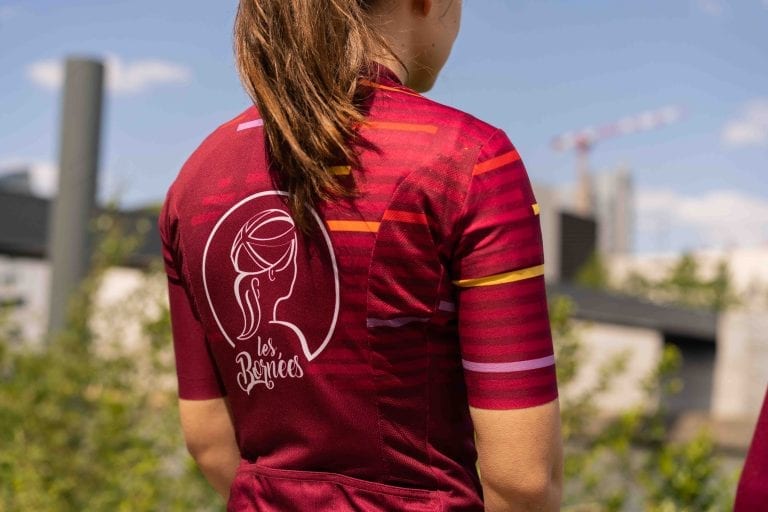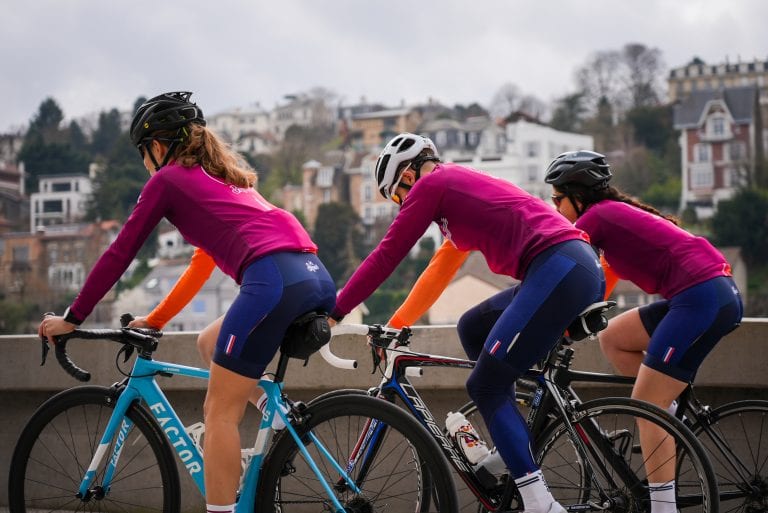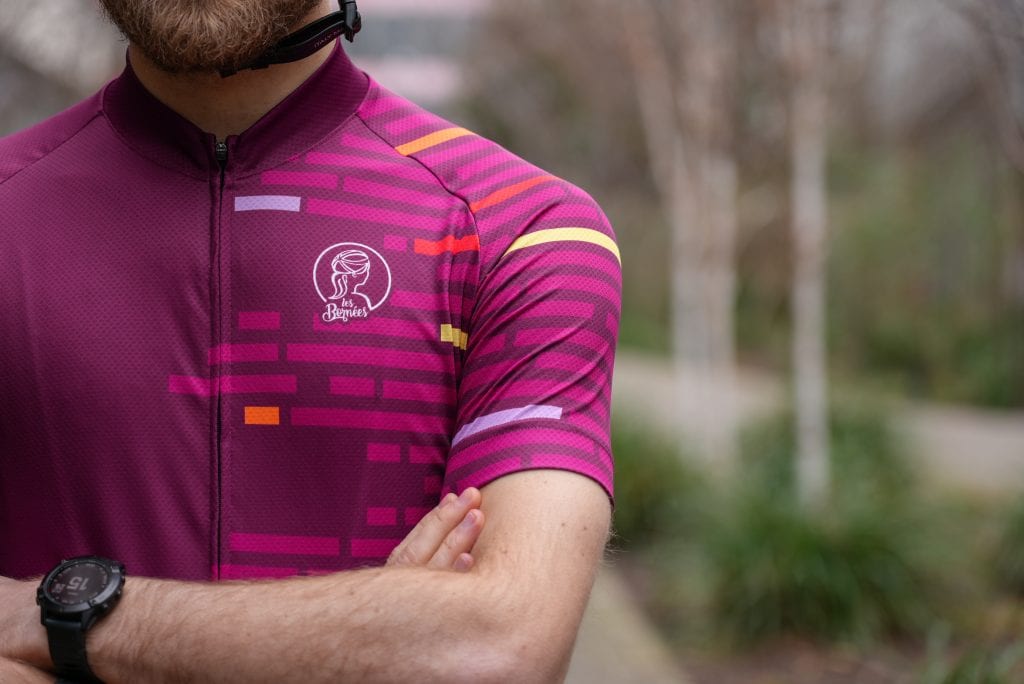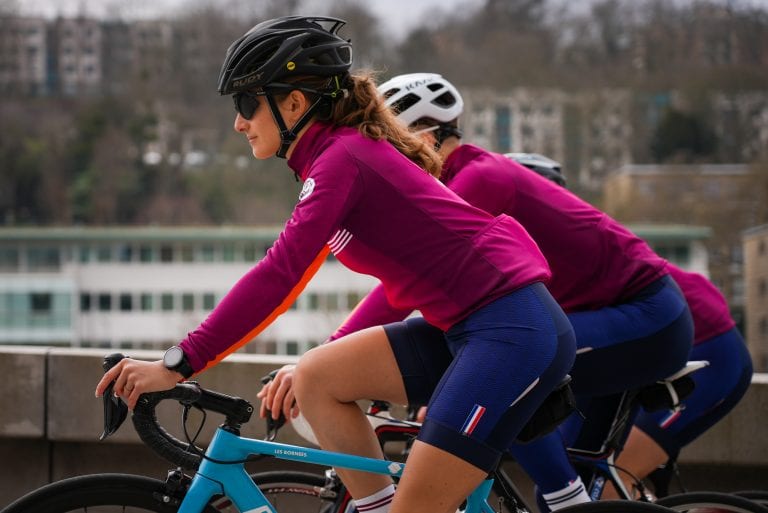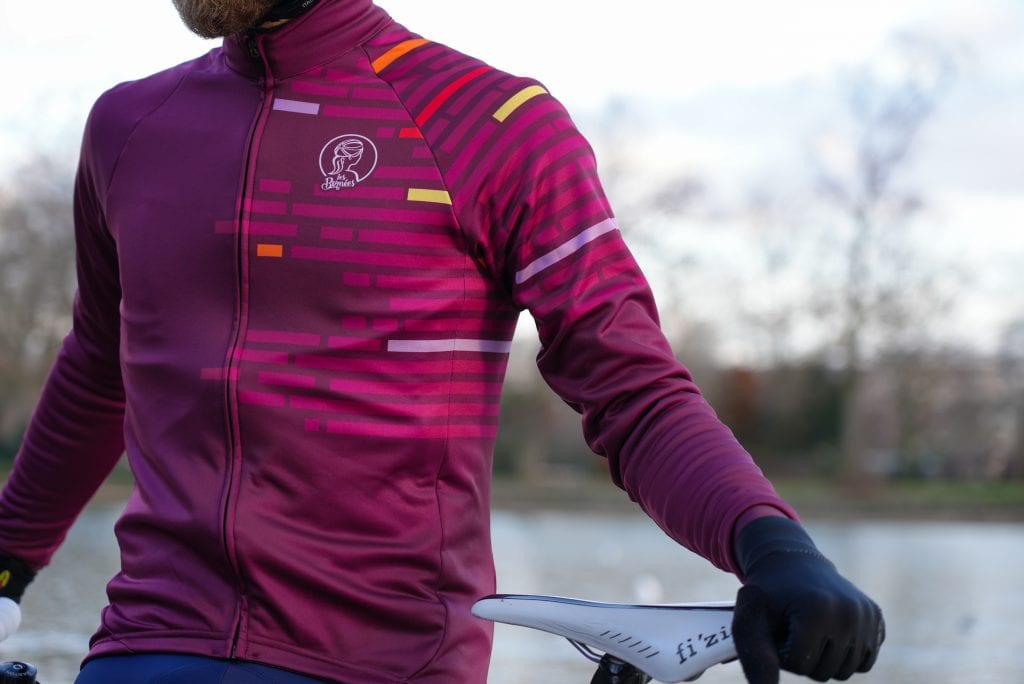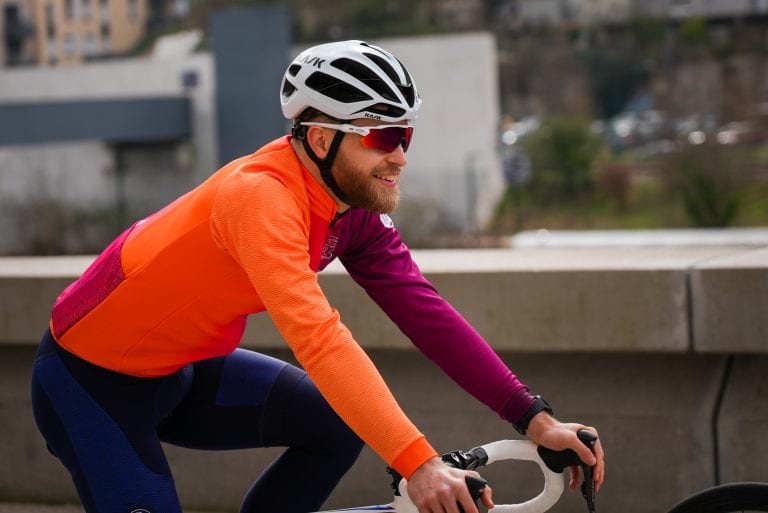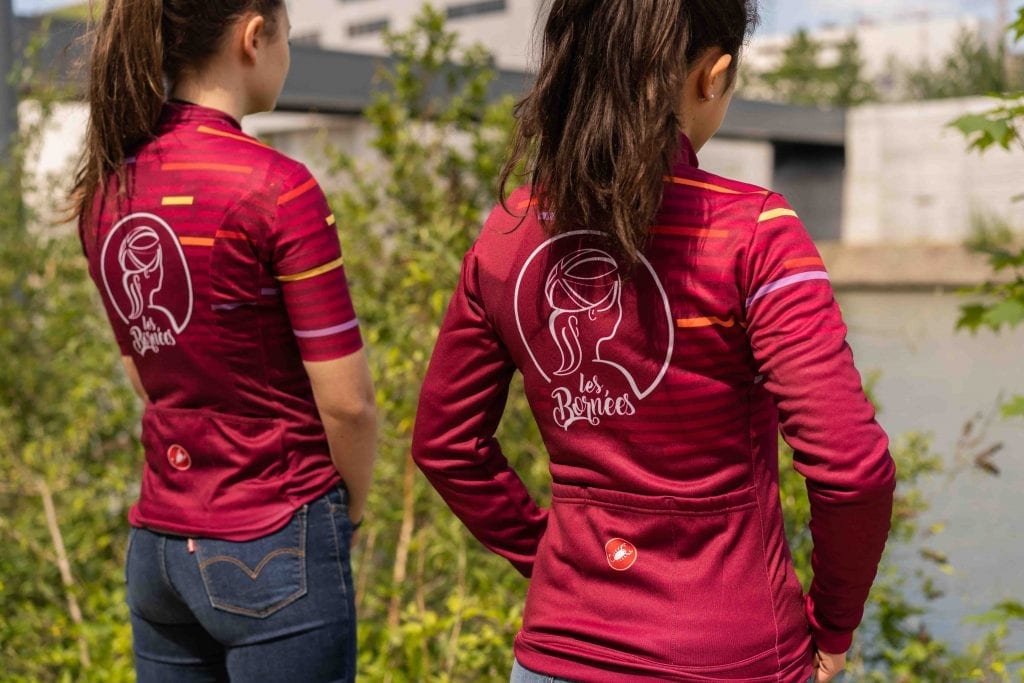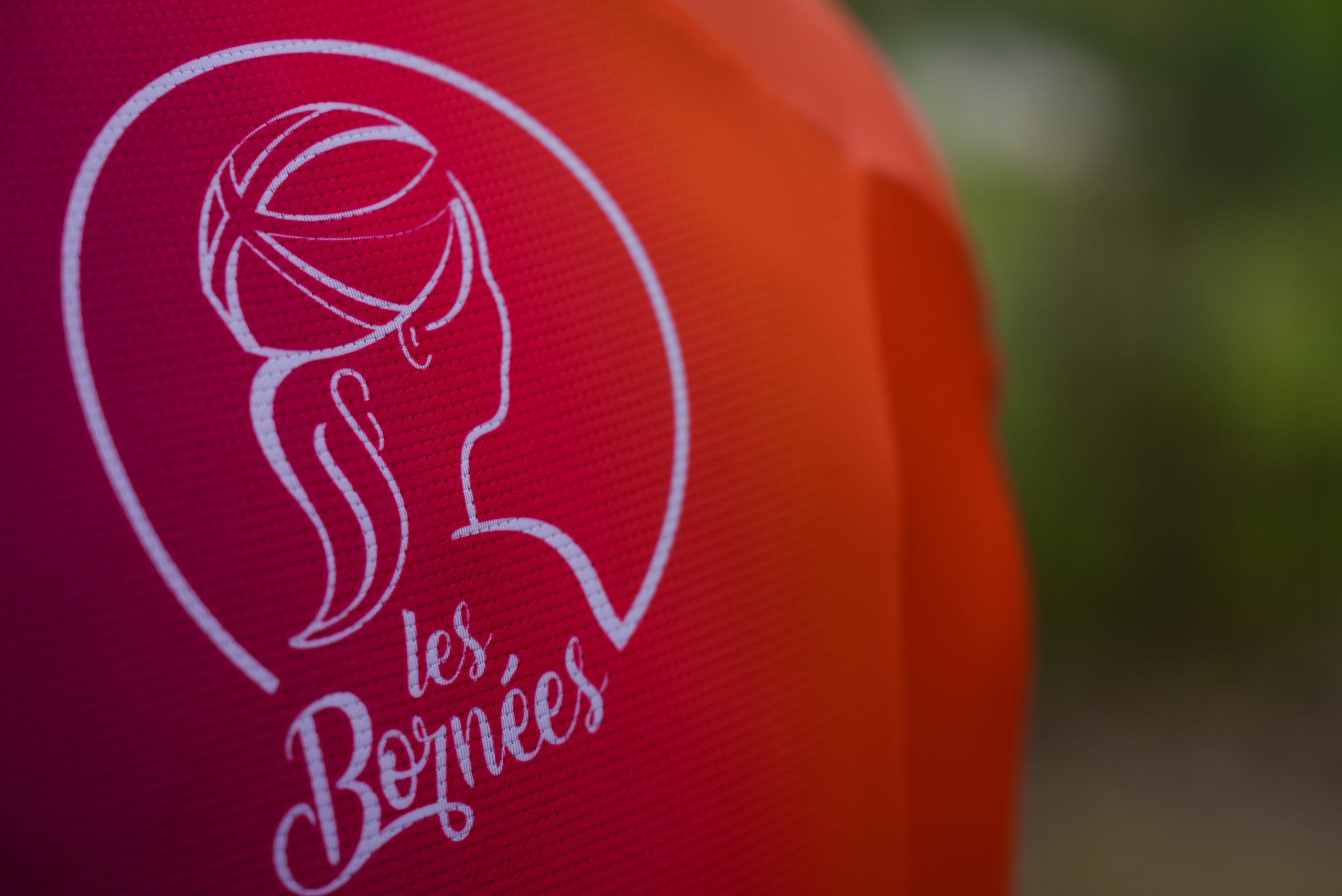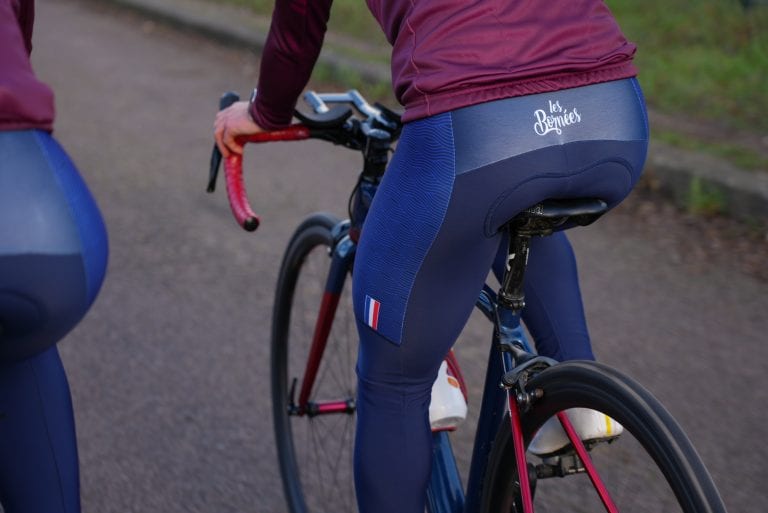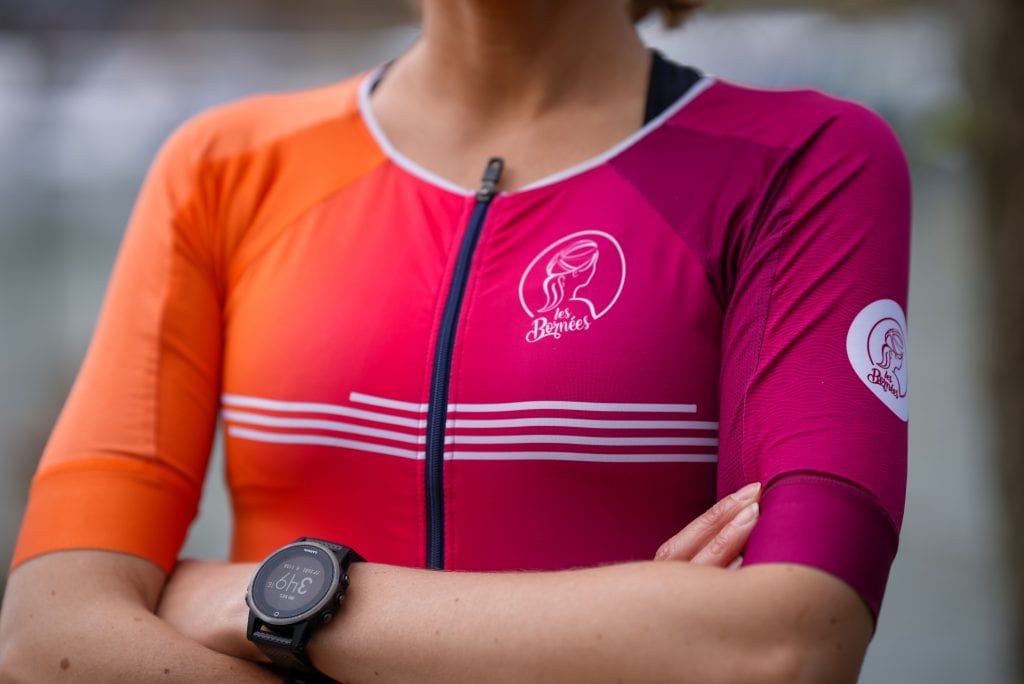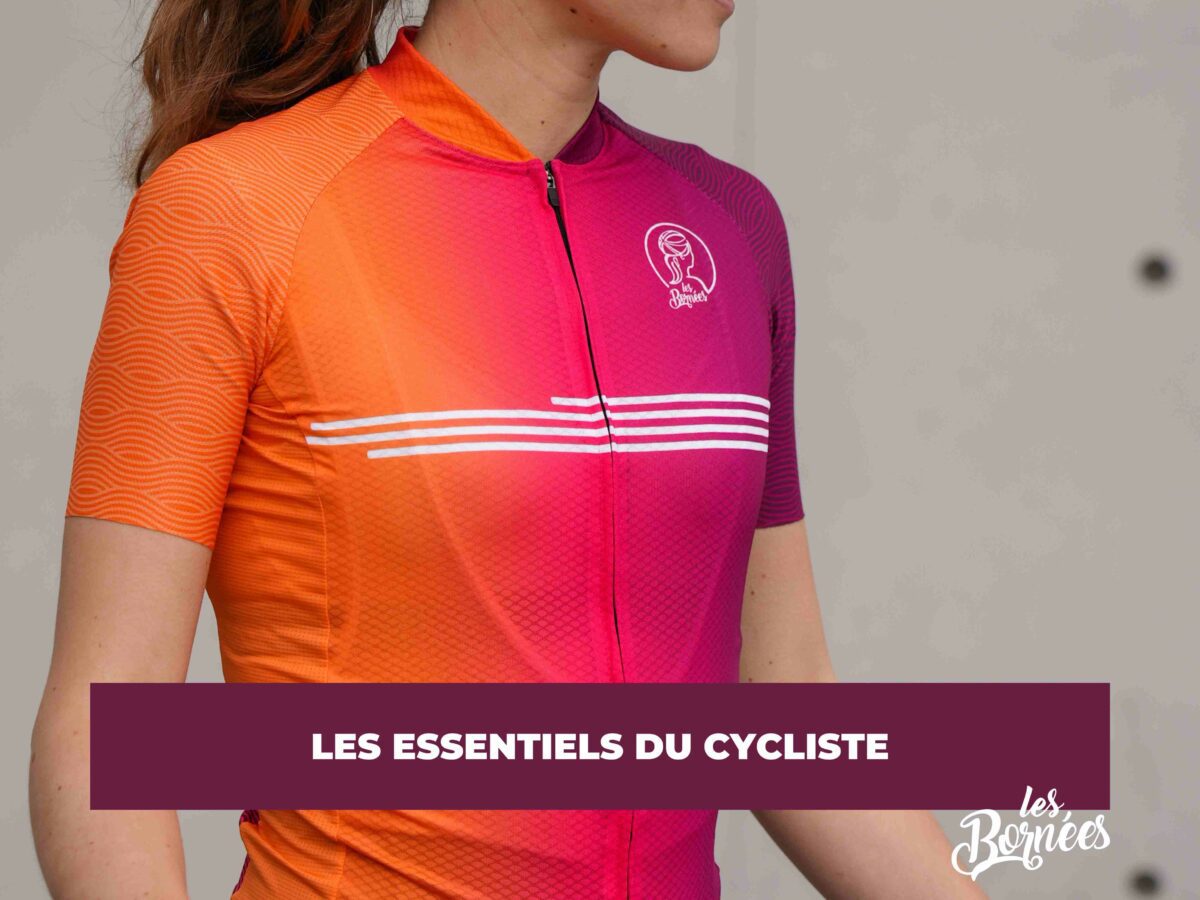As winter approaches, and the days grow shorter and the cold sets in, we members of the Les Bornées community close out an intense sports season and begin preparing for the next. It’s the perfect time to reflect on how we can take care of our hard-working bodies and strengthen our health for the challenges ahead.
1. Marine collagen: an ally for your joints and skin
After a busy season, our joints deserve special attention. Marine collagen, known for its efficient assimilation, helps maintain joint suppleness and skin elasticity. It’s an invaluable aid to post-exercise recovery and preparation for winter training.
2. Omega-3: for a strong heart and a clear mind
Omega-3s are essential for our heart and mental well-being, especially at a time when morale can be affected by lack of light. These fatty acids play a crucial role in reducing inflammation and maintaining good cardiovascular health, fundamental for endurance sports.
3. Minerals and multivitamins: the foundation of iron health
Winter is also the time to ensure an adequate intake of vitamins and minerals. These nutrients support our immune system, promote muscle repair and help us convert energy efficiently, preparing our bodies for the coming season.
Winter is also the time to ensure an adequate intake of vitamins and minerals. These nutrients support our immune system, promote muscle repair and help us convert energy efficiently, preparing our bodies for the coming season.
As we enter this period of transition, adding marine collagen, omega-3 and multivitamins to our routine can help us stay fit, recover and prepare our bodies for future challenges. Remember, however, to consult a healthcare professional before starting any new supplement, especially if you have pre-existing medical conditions.
And if you’d like to try your hand at food supplements, we’ve just signed a new collaboration with a French brand specializing in nutrition. You can find all the products on the buttons or on this online store.


